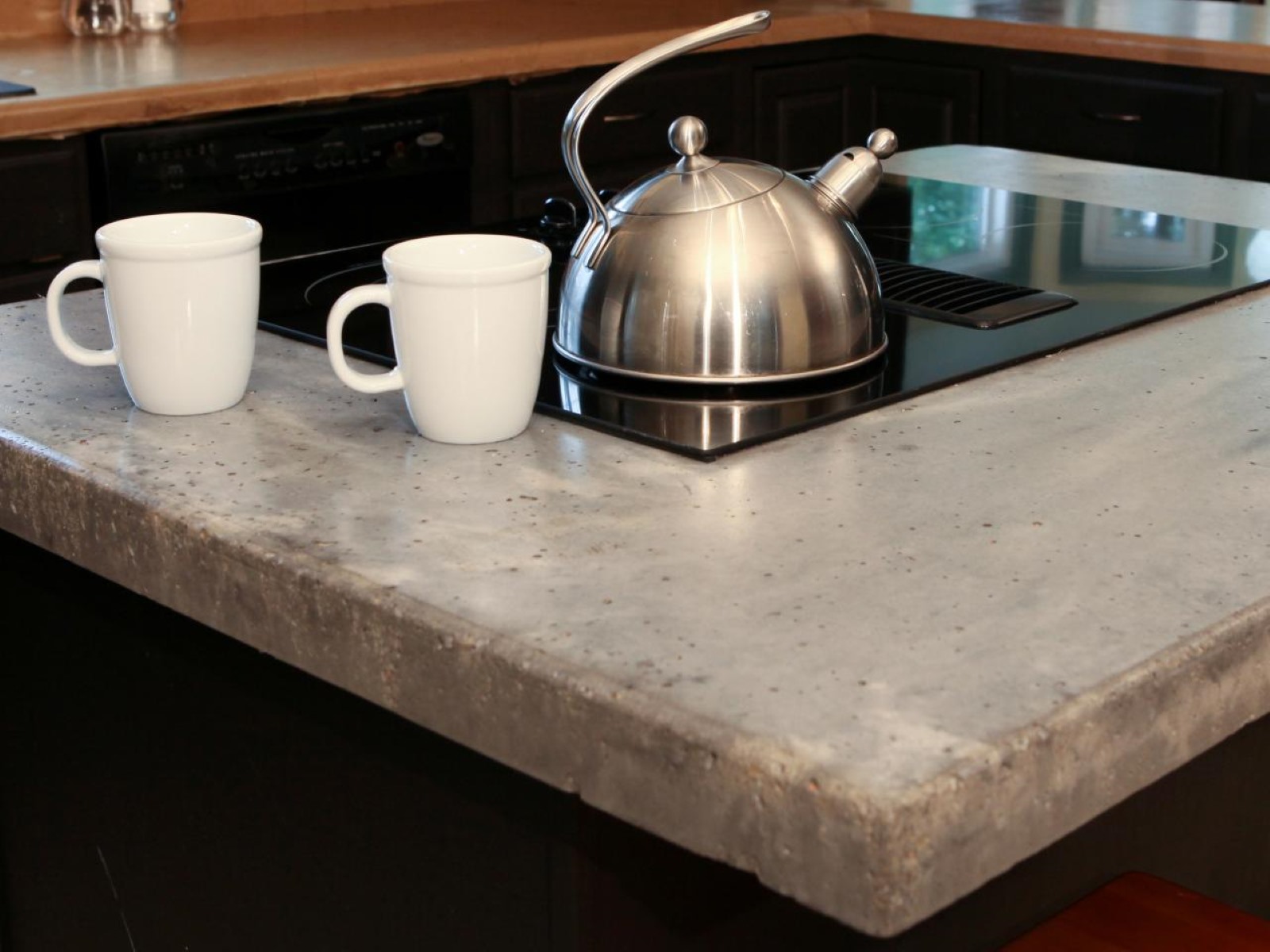

Articles
How To Smooth Concrete Countertops
Modified: December 7, 2023
Learn how to smooth concrete countertops with our informative articles. Achieve a flawless finish for your kitchen or bathroom surfaces.
(Many of the links in this article redirect to a specific reviewed product. Your purchase of these products through affiliate links helps to generate commission for Storables.com, at no extra cost. Learn more)
Introduction
Welcome to the world of smooth concrete countertops! If you’re looking to add a touch of modern elegance to your kitchen or bathroom, smooth concrete countertops are the perfect choice. They offer a sleek, durable, and versatile surface that can complement any design style. Whether you’re a DIY enthusiast or hiring a professional, this article will guide you through the process of creating stunning smooth concrete countertops.
Before we dive into the details, let’s briefly discuss what makes concrete countertops so appealing. Concrete, when properly mixed and sealed, becomes a solid, non-porous surface that is resistant to stains, water, and heat. In addition to its durability, concrete countertops provide a unique aesthetic with a range of customizable options. You can choose from various colors, textures, and finishes to match your personal style and the overall decor of your space.
Before undertaking the project, it’s important to gather the necessary tools and materials. This will ensure a smooth workflow and efficient completion. Here’s a list of what you’ll need:
Key Takeaways:
- Properly preparing the concrete surface, filling in imperfections, and achieving a smooth finish are crucial steps in creating stunning smooth concrete countertops. Attention to detail and patience are key to achieving a flawless result.
- Sealing, curing, and maintaining smooth concrete countertops are essential for their longevity and visual appeal. Regular care, including cleaning up spills promptly and using mild cleaners, will keep your countertops looking vibrant and beautiful.
Read more: How To Smooth A Concrete Patio
Tools and Materials Needed
- Concrete mix
- Waterproofing additive
- Fiber reinforcement
- Countertop mold
- Trowels
- Hand floats
- Diamond sanding pads
- Sealer
- Protective gear (gloves, safety glasses, mask)
Key Takeaways:
- Properly preparing the concrete surface, filling in imperfections, and achieving a smooth finish are crucial steps in creating stunning smooth concrete countertops. Attention to detail and patience are key to achieving a flawless result.
- Sealing, curing, and maintaining smooth concrete countertops are essential for their longevity and visual appeal. Regular care, including cleaning up spills promptly and using mild cleaners, will keep your countertops looking vibrant and beautiful.
Read more: How To Smooth A Concrete Patio
Tools and Materials Needed
Before you embark on your smooth concrete countertop project, it’s essential to gather all the necessary tools and materials. Having everything on hand will allow for a smooth workflow and ensure that you’re well-prepared for each step of the process.
Here is a list of the tools and materials you’ll need:
- Concrete mix: Start by selecting a high-quality concrete mix that is specifically formulated for countertops. Avoid using regular concrete mix, as it may not have the proper strength and consistency required for a smooth finish. You can find countertop-specific mixes at your local hardware store or online.
- Waterproofing additive: This is an essential ingredient to make your concrete mix more resistant to water absorption. It helps to prevent moisture from penetrating the surface of the countertop, ensuring its longevity.
- Fiber reinforcement: Adding fibers to the concrete mix will increase its strength and reduce the chances of cracking. Opt for synthetic fibers that are specifically designed for reinforced concrete. These fibers will help reinforce the countertop and enhance its durability.
- Countertop mold: A countertop mold is used to shape the concrete mix into the desired form and size. You can purchase pre-made molds or create your own using melamine boards, which are smooth and non-porous. The mold should be sturdy and able to withstand the weight of the concrete mix.
- Trowels: Trowels are essential for spreading and smoothing the concrete mix. You’ll need both a finishing trowel and a margin trowel. The finishing trowel is used to create a smooth and even surface, while the margin trowel is handy for precise corner work.
- Hand floats: Hand floats are used to further smooth the surface of the countertop. They help remove any imperfections and create a consistent finish. Look for magnesium or aluminum hand floats, as they are lightweight and easy to maneuver.
- Diamond sanding pads: Once the concrete has cured, diamond sanding pads are used to achieve a perfectly smooth and polished surface. These pads come in various grits, starting from rough to fine, to gradually refine the finish of the countertop.
- Sealer: A good quality sealer is essential for protecting the surface of the countertop from stains and spills. Choose a sealer that is specifically designed for concrete countertops and follow the manufacturer’s instructions for application.
- Protective gear: Last but not least, don’t forget to wear protective gear. This includes gloves, safety glasses, and a mask. Concrete can be abrasive and release harmful dust particles, so it’s crucial to protect yourself during the mixing and sanding stages.
Now that you have all the necessary tools and materials, you’re ready to move on to the next steps of preparing the concrete surface for a smooth finish.
Preparing the Concrete Surface
Before you can achieve a smooth finish on your concrete countertops, it’s important to properly prepare the concrete surface. This step ensures that the countertop is free of any debris, stains, or imperfections that may affect the final result.
Follow these steps to prepare the concrete surface:
- Start by thoroughly cleaning the countertop. Remove any dirt, dust, or grime using a mild detergent and water. Scrub the surface with a soft-bristle brush, paying special attention to any stains or spills.
- Inspect the countertop for any cracks, chips, or uneven areas. Use a scraper or putty knife to remove any loose or protruding concrete. Fill in any larger cracks or holes with a concrete patching compound, following the manufacturer’s instructions.
- Once the surface is clean and repaired, it’s time to roughen it up for better adhesion. Use a handheld grinder or sander with a diamond cup wheel to lightly etch the surface. This will create a rough texture that helps the overlay adhere to the existing concrete.
- After etching, remove all the dust and debris from the countertop using a vacuum cleaner or a damp cloth. Make sure the surface is completely dry before proceeding to the next step.
- Apply a concrete bonding agent to the prepared surface. This bonding agent creates a strong bond between the existing concrete and the overlay. Follow the manufacturer’s instructions for application and drying time.
By properly preparing the concrete surface, you ensure a clean, smooth canvas to work with. Any repairs or imperfections are addressed, and the rough texture created by etching and bonding agent application promotes good adhesion of the overlay.
Next, we’ll move on to filling in any remaining imperfections before applying the smooth concrete overlay.
Filling in Any Imperfections
Once you have prepared the concrete surface, it’s time to address any remaining imperfections before applying the smooth concrete overlay. This step ensures that the countertop is even and free of any blemishes or irregularities.
Follow these steps to fill in any imperfections:
- Inspect the surface for any minor cracks, pits, or indentations. These imperfections can be filled using a concrete patching compound. Choose a compound specifically designed for countertops and follow the manufacturer’s instructions for mixing and application.
- Using a putty knife or trowel, apply the patching compound to the imperfections. Smooth it out, ensuring that the compound is level with the surrounding surface.
- Allow the patching compound to dry according to the manufacturer’s instructions. It may take several hours or even overnight to fully cure.
- Once the compound is dry, use sandpaper or a sanding block to gently smooth the patched areas. This will help blend them seamlessly with the rest of the countertop.
- After sanding, remove any dust or debris from the surface using a vacuum cleaner or damp cloth. Ensure that the countertop is clean and ready for the next step.
Filling in any imperfections is crucial for achieving a smooth and flawless finish on your concrete countertops. Taking the time to address these small blemishes ensures that the overlay will be applied evenly and that the final result will be visually appealing.
Now that you have filled in any imperfections, it’s time to move on to the next step: applying the smooth concrete overlay.
After pouring the concrete, use a vibrating sander to remove air bubbles and create a smooth surface. Then, use a concrete sealer to fill in any small imperfections and create a smooth, glossy finish.
Read more: How To Smooth Out A Rough Concrete Patio
Applying the Smooth Concrete Overlay
With the concrete surface prepared and any imperfections filled in, you’re ready to apply the smooth concrete overlay. This step involves layering a thin coating of concrete over the existing countertop to achieve a fresh and polished look.
Follow these steps to apply the smooth concrete overlay:
- Mix the concrete overlay according to the manufacturer’s instructions. The consistency should be similar to pancake batter, easy to spread but not too runny. Use a drill with a mixer attachment for efficient mixing.
- Starting from one end of the countertop, pour the concrete overlay onto the surface. Use a trowel or a squeegee to spread and level the overlay, ensuring an even coating. Work in small sections to maintain control over the application.
- Continue spreading the overlay across the entire countertop, making sure to fill any corners or edges. Use a trowel to create a smooth and consistent surface. Remove any excess overlay material as you go.
- If desired, you can add decorative elements to the smooth concrete overlay. This can be achieved by embedding objects like glass chips, colored aggregates, or even custom designs using stencils. Apply the decorative elements while the overlay is still wet, pressing them gently into the surface.
- Allow the smooth concrete overlay to dry and cure according to the manufacturer’s instructions. This usually takes several hours or overnight. Keep the area well-ventilated and protected from dust or debris during the curing process.
Applying the smooth concrete overlay is a transformative step in creating beautiful and modern concrete countertops. The overlay adds a fresh layer of concrete that covers any imperfections and provides a smooth and uniform appearance.
After the overlay has dried and cured, it’s time to move on to the next step: achieving a smooth finish on the concrete surface.
Achieving a Smooth Finish
Once the smooth concrete overlay has dried and cured, it’s time to focus on achieving a smooth and polished finish on the countertop. This step is essential for enhancing the visual appeal of the surface and creating a durable and functional workspace.
Follow these steps to achieve a smooth finish on your concrete countertops:
- Start by using a handheld grinder or sander with a diamond sanding pad. Begin with a rough grit pad to remove any high spots or imperfections on the surface. Move the grinder or sander in a circular motion, applying even pressure. Be careful not to apply too much pressure, as it may damage the overlay.
- Gradually progress to finer grit diamond sanding pads, working your way up to achieve a smooth and polished finish. Each subsequent grit pad will refine the surface and remove any scratches or marks left by the previous pad. Remember to keep the surface wet while sanding to minimize dust and preserve the integrity of the pads.
- Pay special attention to the edges and corners of the countertop, as they are prone to roughness. Use hand sanding pads or sandpaper to smooth out these areas, working in a gentle back-and-forth motion.
- Once you have achieved the desired level of smoothness, clean the countertop thoroughly to remove any dust or debris. Use a damp cloth or sponge to wipe down the surface and ensure it is free from any contaminants.
By following these steps, you can achieve a beautifully smooth and polished finish on your concrete countertops. The grinding and sanding process smooths out any imperfections, creating a sleek and refined surface that is ready for sealing and curing.
Now that you have achieved a smooth finish, it’s time to move on to the next step: sealing and curing the countertop.
Sealing and Curing the Countertop
After achieving a smooth finish on your concrete countertops, it’s important to seal and cure the surface. Sealing the countertop helps protect it from stains, water damage, and daily wear and tear, while curing allows the concrete to fully harden and strengthen over time.
Follow these steps to seal and cure your concrete countertops:
- Start by thoroughly cleaning the countertop to remove any dust or debris. Use a mild detergent and water, and scrub the surface with a soft-bristle brush. Rinse it thoroughly and allow it to dry completely.
- Choose a high-quality concrete sealer that is specifically designed for countertops. There are different types of sealers available, such as penetrating sealers, topical sealers, and epoxy sealers. Select the one that best suits your preferences and follow the manufacturer’s instructions for application.
- Apply the sealer to the countertop using a brush or roller. Ensure an even and thin coat, covering the entire surface. Allow the sealer to penetrate the concrete for the recommended duration, usually around 15-30 minutes.
- After the recommended duration, remove any excess sealer using a clean cloth or sponge. Be thorough in this step to prevent the formation of a sticky or blotchy surface. Allow the sealer to dry completely before proceeding.
- Curing is a crucial step in the concrete countertop process, as it allows the concrete to fully harden and reach its maximum strength. To cure the countertop, cover it with a plastic sheet or tarp to create a moisture barrier. This helps retain moisture and allows the concrete to cure slowly over several days. Keep the countertop protected during this time to prevent any damage or disturbances.
- Follow the curing time recommended by the concrete mix manufacturer. Typically, curing can take anywhere from 7 to 28 days. During this period, avoid placing any heavy objects or exposing the countertop to excessive heat or moisture.
By sealing and curing your concrete countertops, you ensure their long-lasting durability and protect them from everyday use. The sealer enhances the appearance of the countertop and makes it easier to clean and maintain over time. Proper curing allows the concrete to strengthen and reach its full potential.
Now that you have sealed and cured the countertop, it’s time to move on to the final step: maintaining your smooth concrete countertops.
Maintaining Smooth Concrete Countertops
Now that you have completed the process of creating smooth concrete countertops, it’s important to know how to properly maintain them to ensure their longevity and keep them looking their best. With regular care, your concrete countertops will continue to showcase their beauty and durability for years to come.
Here are some maintenance tips for your smooth concrete countertops:
- Protect the surface: Always use cutting boards, trivets, or hot pads when placing hot or sharp objects on the countertop. While concrete is heat-resistant, extreme temperature changes can still cause damage. Additionally, cutting directly on the surface can cause scratches.
- Clean up spills promptly: Wipe up spills as soon as possible to prevent any staining or etching on the surface. Use a mild, non-abrasive cleaner and a soft cloth or sponge to clean the countertop. Avoid using harsh chemicals or abrasive cleaners, as they can damage the sealer and the concrete surface.
- Avoid acidic substances: Acidic substances like vinegar, lemon juice, or harsh cleaning agents can etch the surface of the countertop. Be cautious when using these products and promptly rinse the surface if they come into contact with the concrete.
- Regularly seal the countertop: Depending on the type of sealer you used, it’s advisable to reseal the countertop every 1-3 years. This will help maintain the protective barrier and keep the surface looking fresh and vibrant. Follow the manufacturer’s instructions for the appropriate maintenance and resealing schedule.
- Use mild cleaners: When cleaning your countertop, opt for mild, pH-neutral cleaners specifically formulated for concrete surfaces. These cleaners are gentle yet effective in removing dirt and stains without causing any damage.
- Prevent scratches: Avoid dragging or sliding heavy objects across the countertop, as it can cause scratches on the surface. Use felt pads or coasters under objects to prevent direct contact with the concrete.
- Regularly inspect and repair: Periodically inspect your countertops for any signs of wear, cracks, or damage. If you notice any issues, promptly address them by repairing or patching to prevent further deterioration.
By following these maintenance tips, you can ensure that your smooth concrete countertops remain in excellent condition and continue to be a stunning focal point in your kitchen or bathroom.
Congratulations on completing the process of creating and maintaining your smooth concrete countertops. With proper care and maintenance, they will be a beautiful and functional addition to your space for many years to come.
Happy countertop care!
Read more: How To DIY Concrete Countertops
Conclusion
Congratulations! You’ve reached the end of our guide to creating and maintaining smooth concrete countertops. By following the steps outlined in this article, you can transform your kitchen or bathroom with a sleek and modern surface that is not only visually appealing but also durable and functional.
We started by discussing the benefits of smooth concrete countertops, highlighting their durability, versatility, and aesthetic appeal. We then delved into the tools and materials you’ll need to complete the project, ensuring that you have everything necessary for a successful outcome.
Next, we explored the importance of preparing the concrete surface, filling in any imperfections, and applying the smooth concrete overlay. These steps lay the foundation for achieving a flawless and polished finish.
We then walked you through the process of achieving a smooth finish, including the use of diamond sanding pads to refine the surface and create a seamless result.
Sealing and curing the countertop were discussed in detail, emphasizing the importance of protecting the surface and allowing the concrete to fully harden and strengthen over time.
Finally, we provided you with essential tips for maintaining your smooth concrete countertops. By implementing these tips, you can ensure that your countertops remain in excellent condition, free from stains, scratches, and other damage that may occur with regular use.
Remember, creating and maintaining smooth concrete countertops requires attention to detail, patience, and proper care. By staying proactive and following the recommended maintenance practices, your countertops will continue to be a beautiful and functional addition to your space for years to come.
Thank you for joining us on this journey to create stunning smooth concrete countertops. We hope that this guide has provided you with valuable insights and inspiration. Enjoy your new countertops and the endless possibilities they offer!
Frequently Asked Questions about How To Smooth Concrete Countertops
Was this page helpful?
At Storables.com, we guarantee accurate and reliable information. Our content, validated by Expert Board Contributors, is crafted following stringent Editorial Policies. We're committed to providing you with well-researched, expert-backed insights for all your informational needs.
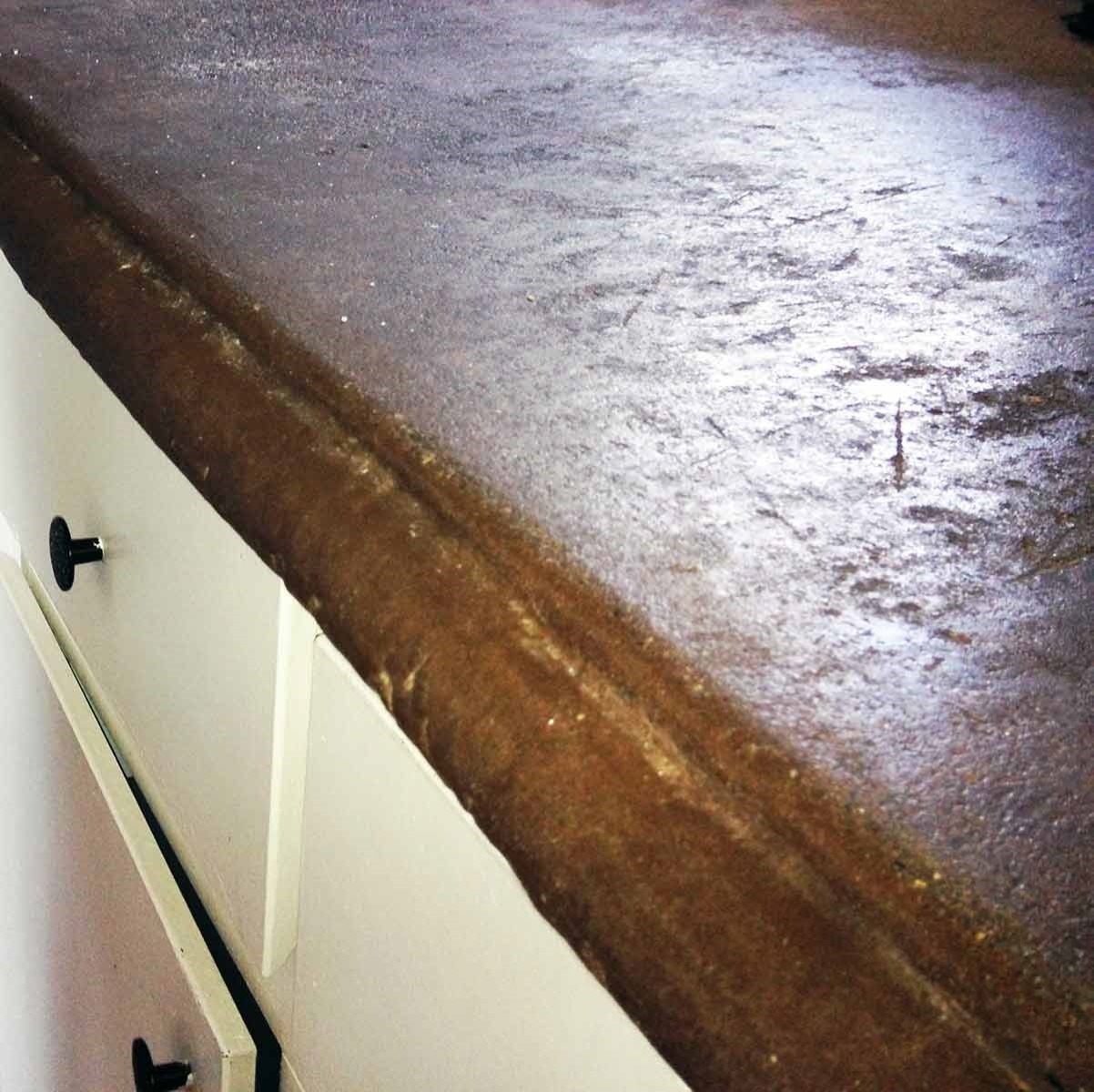
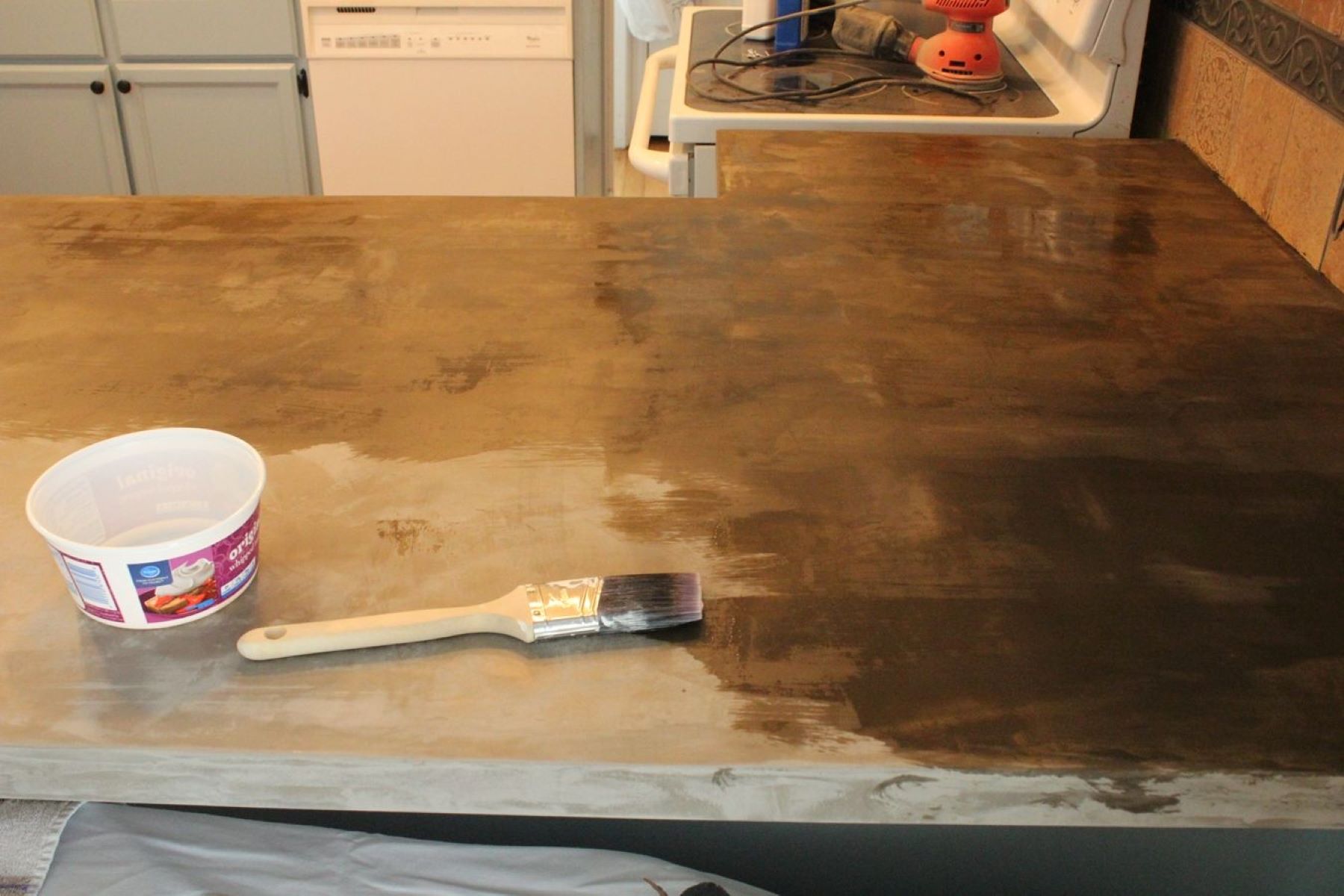
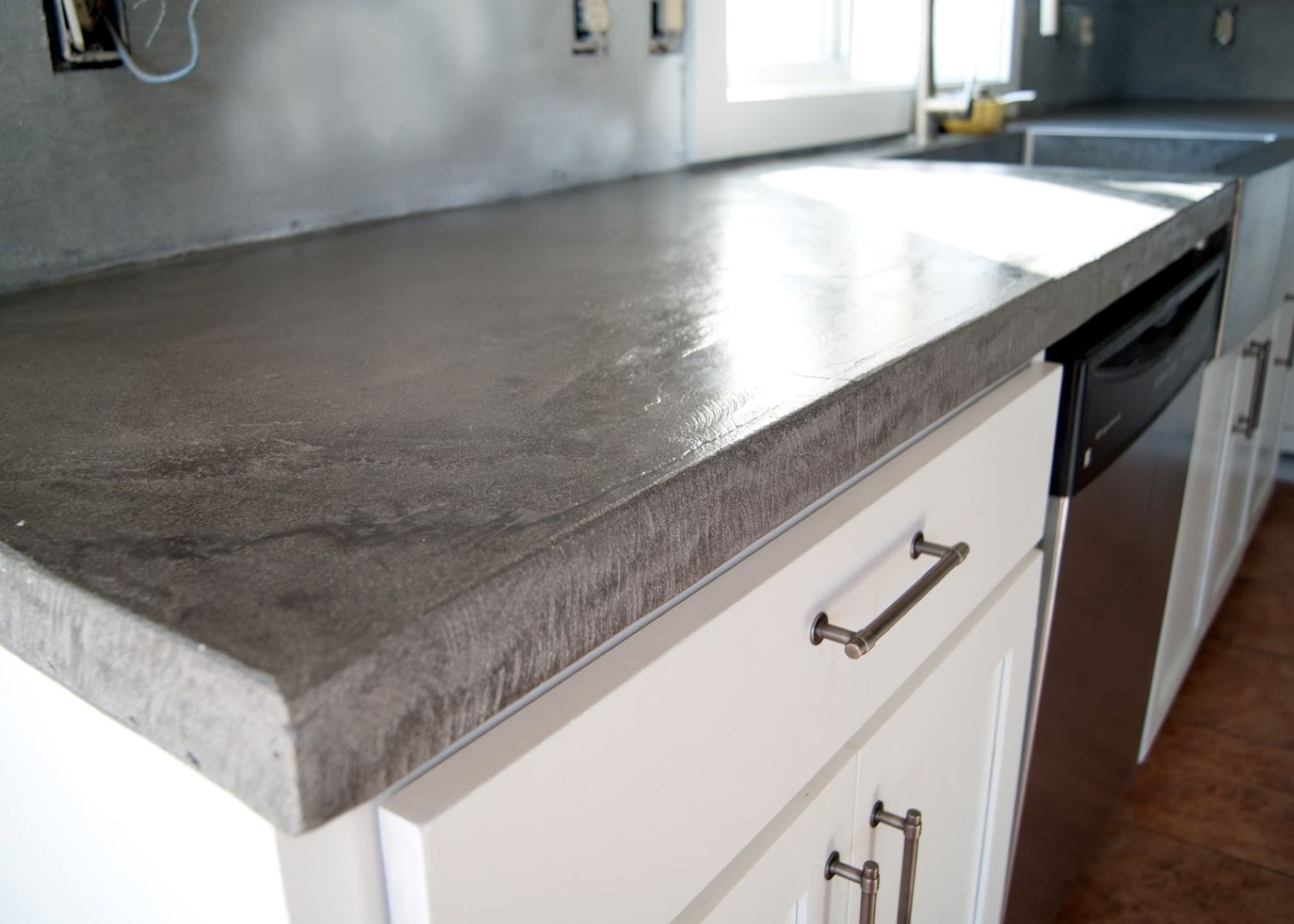
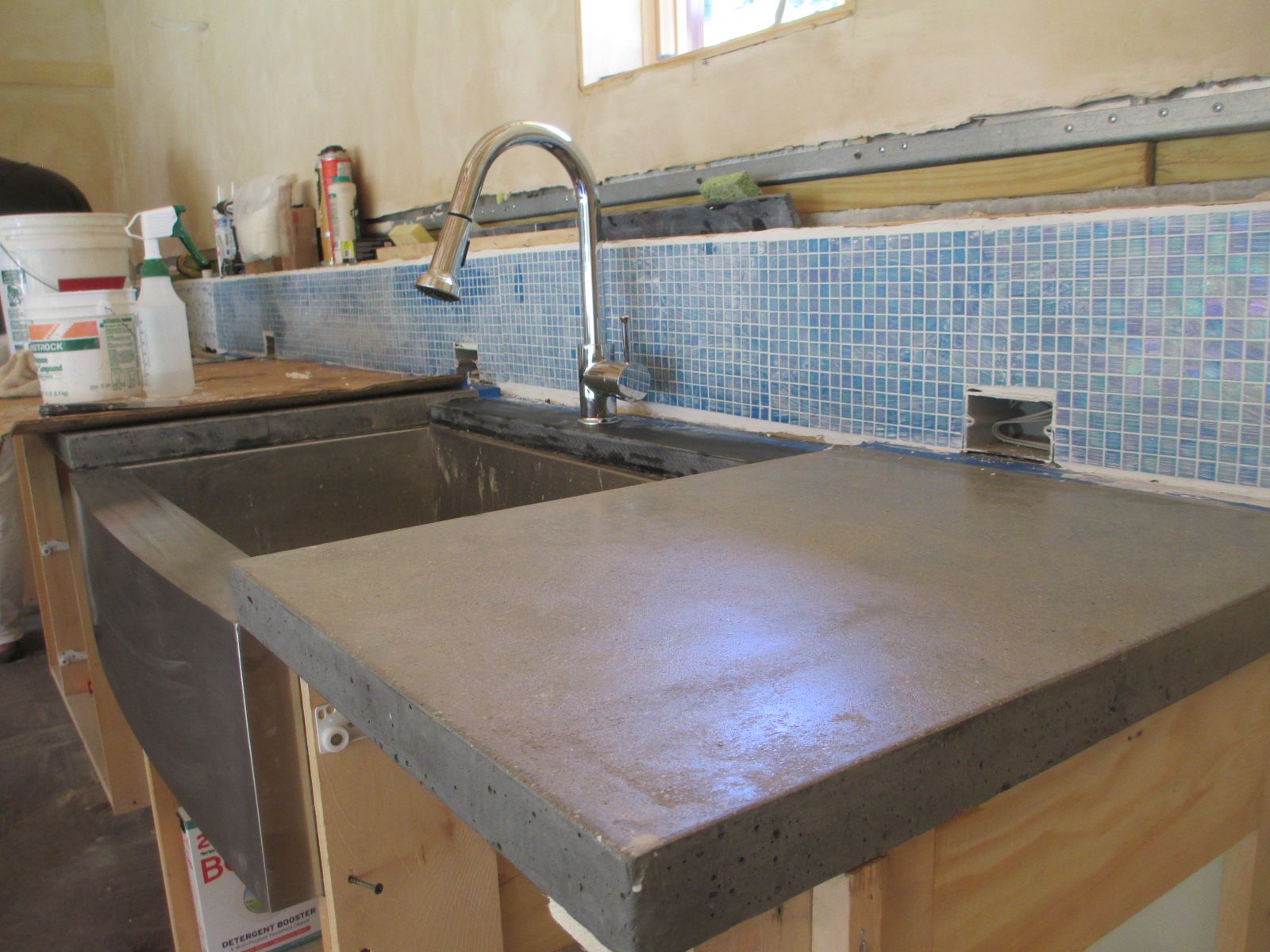
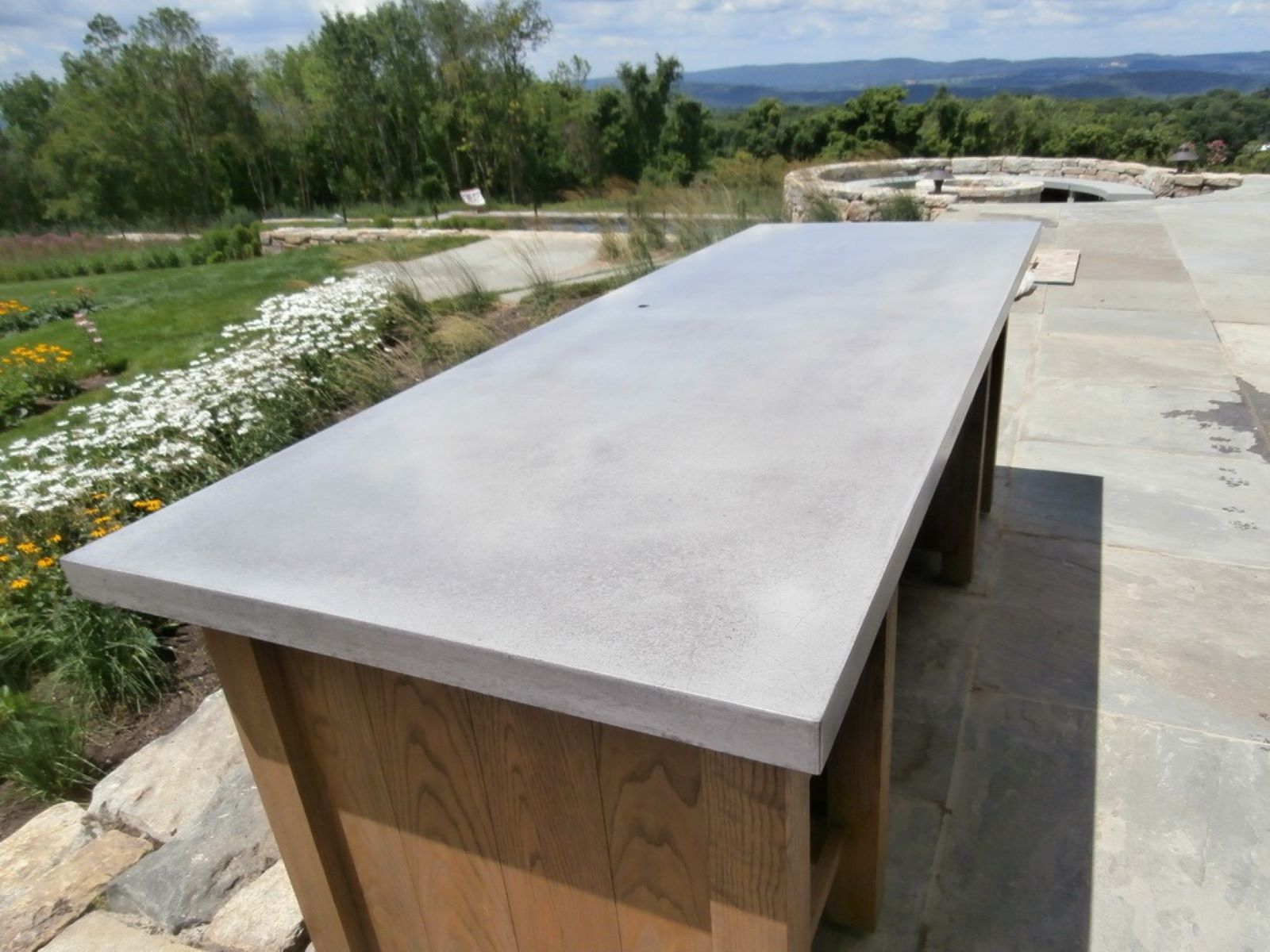
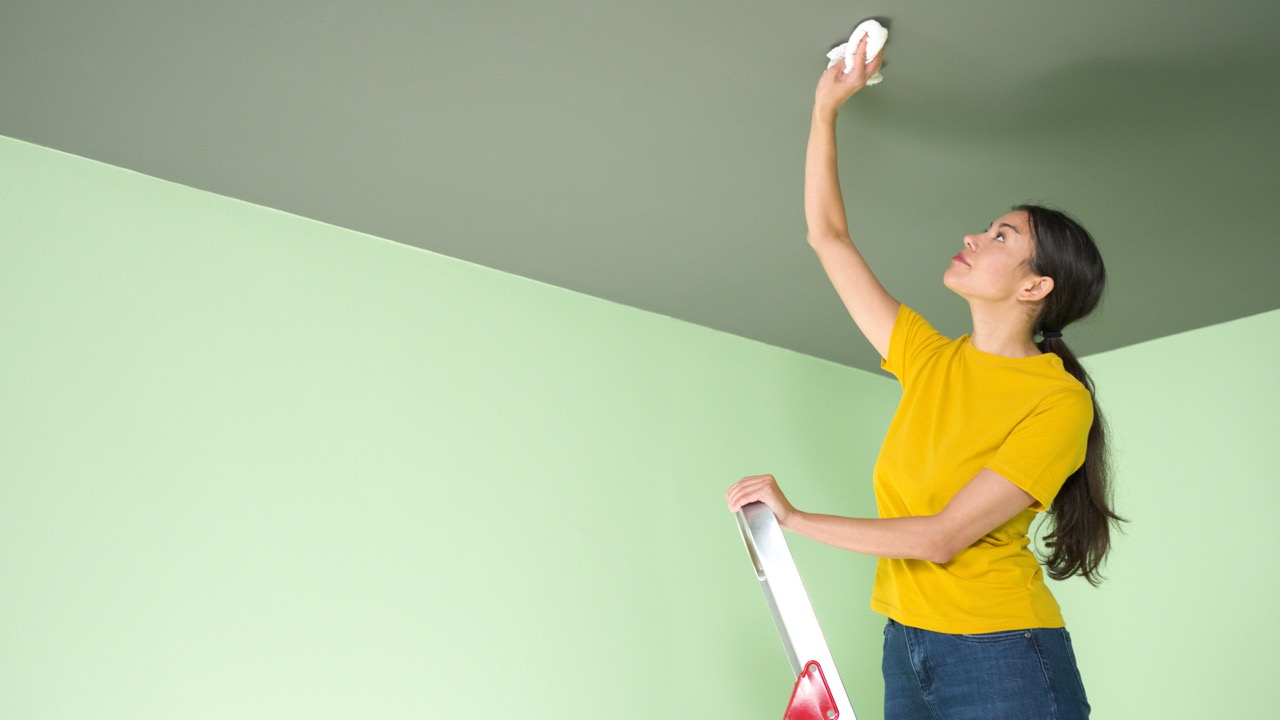
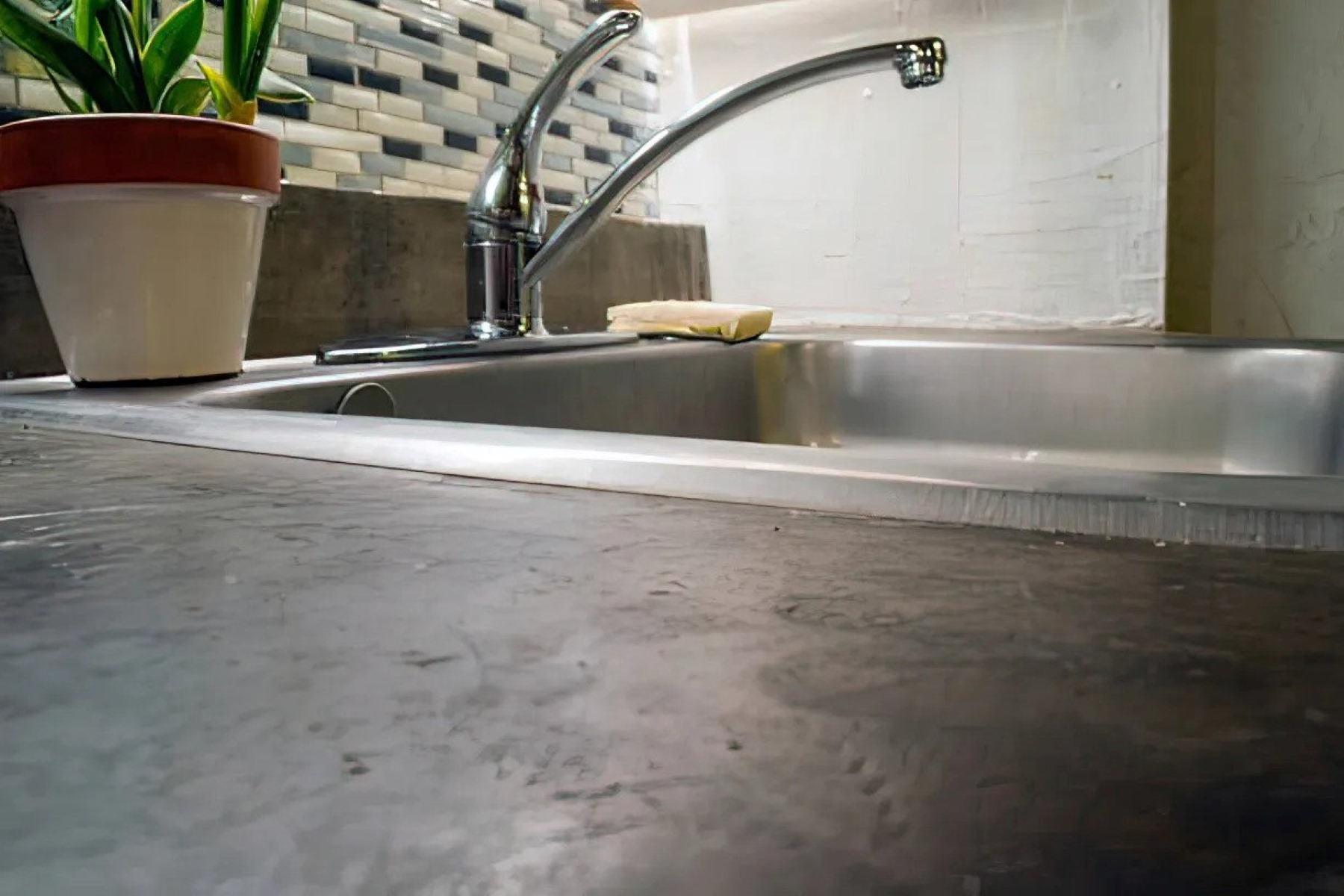
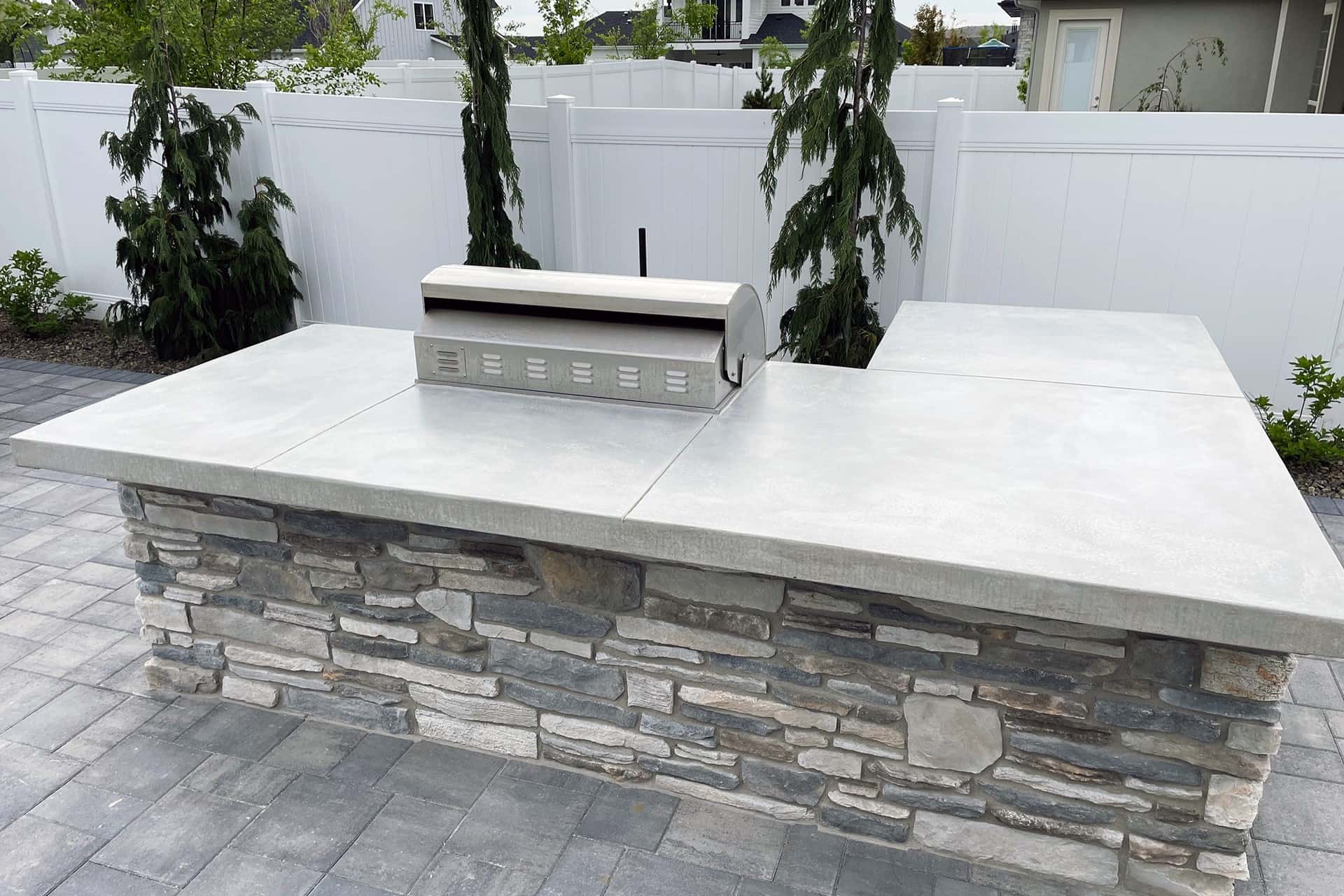
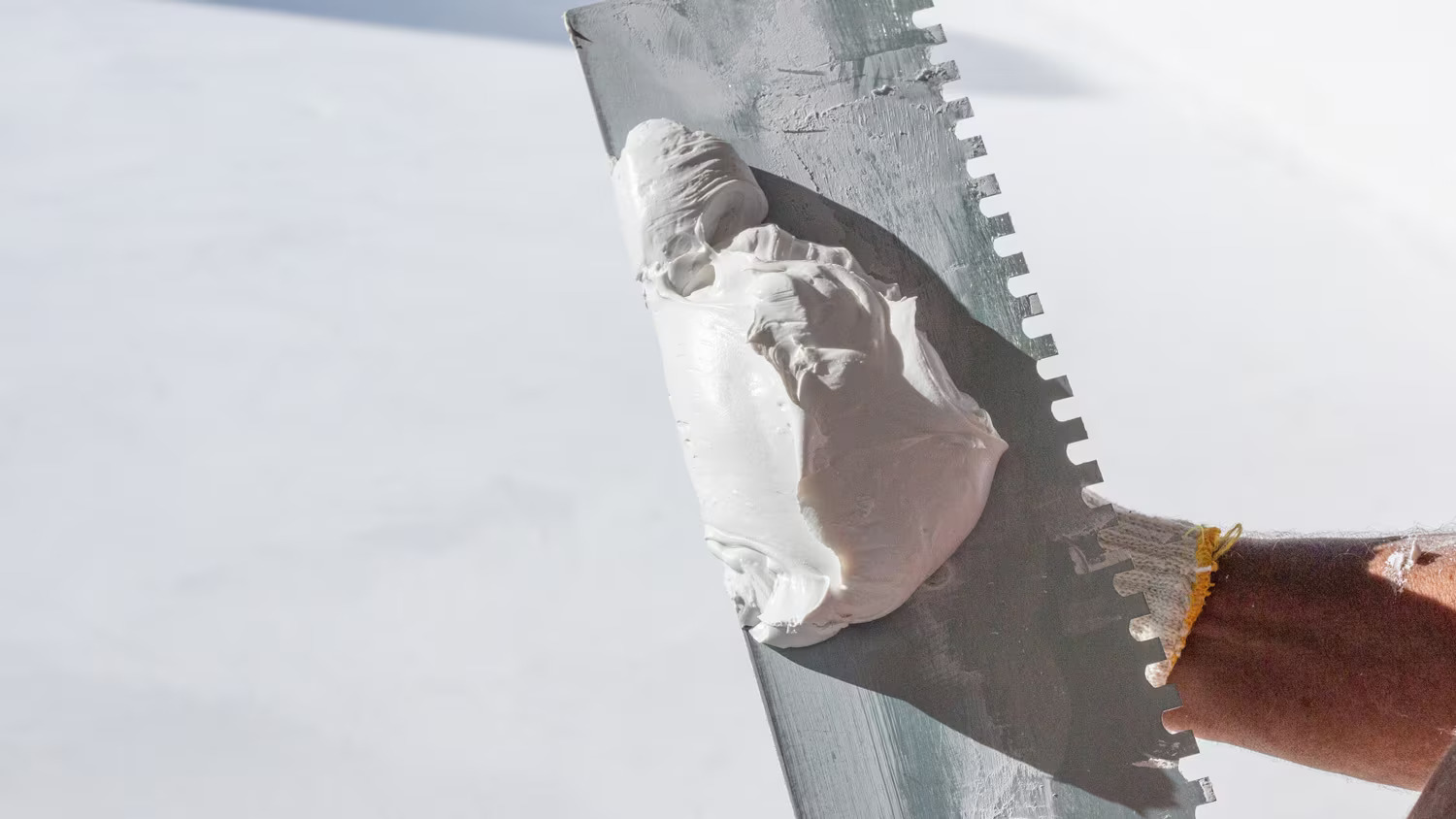
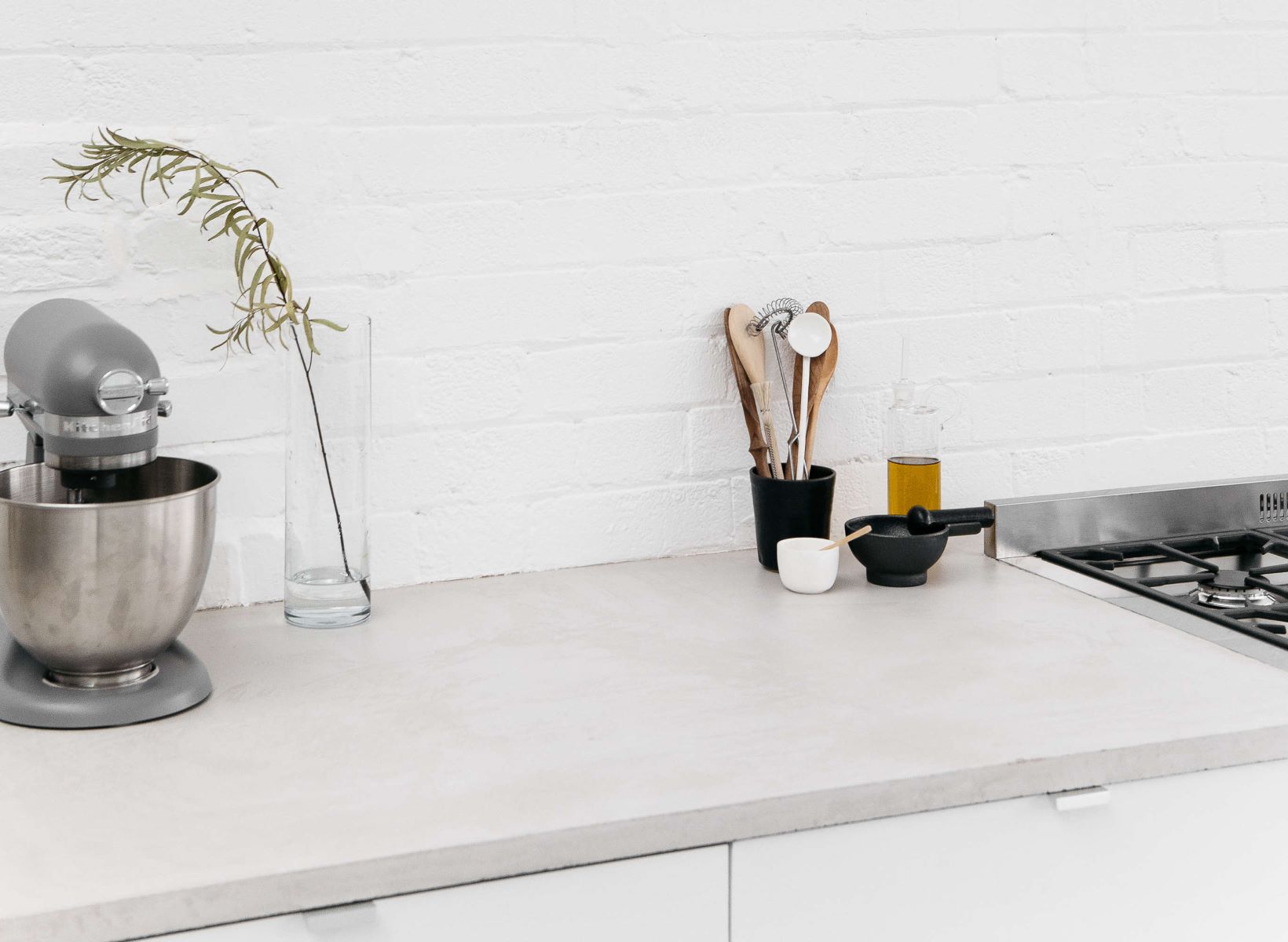
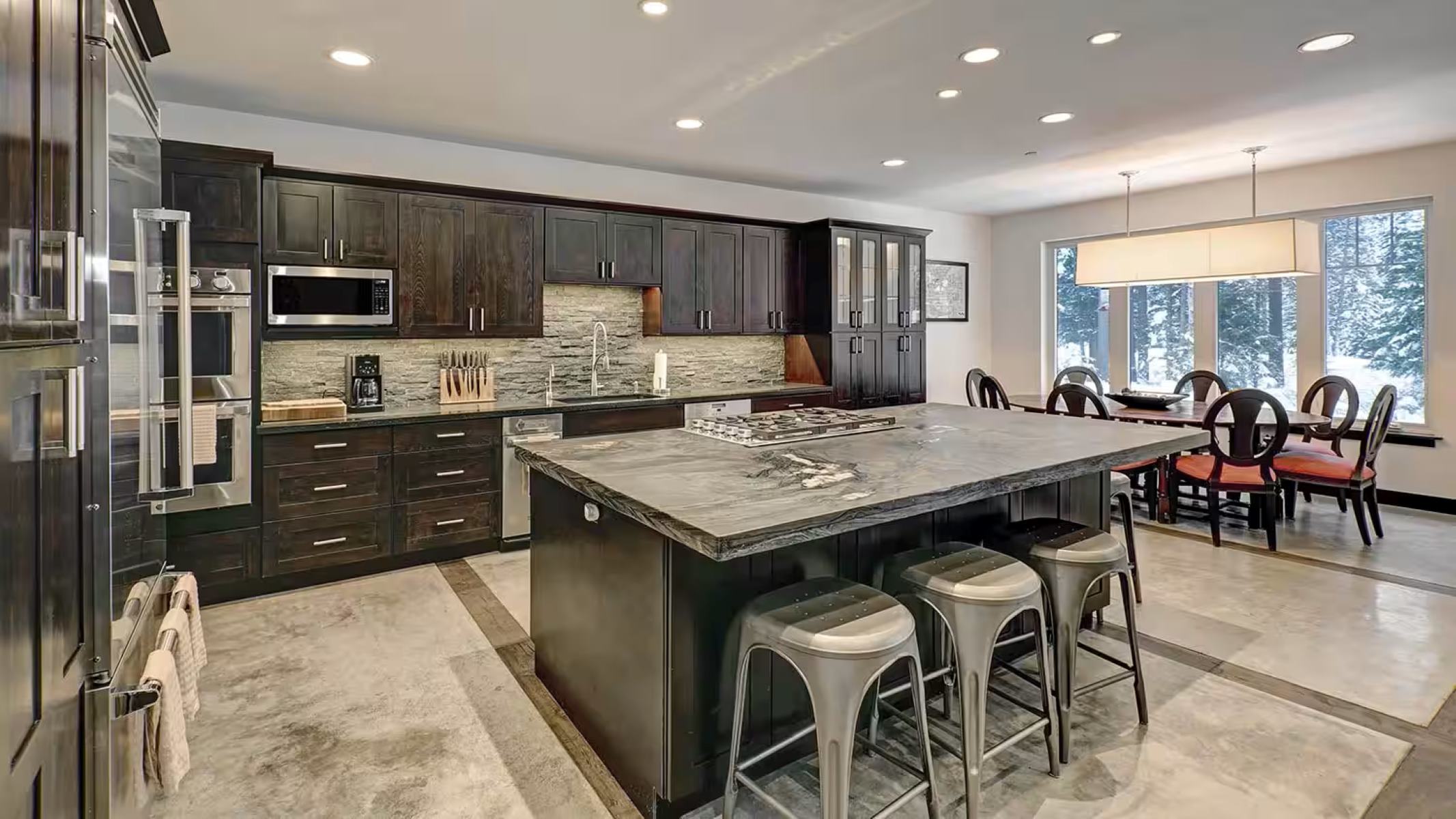
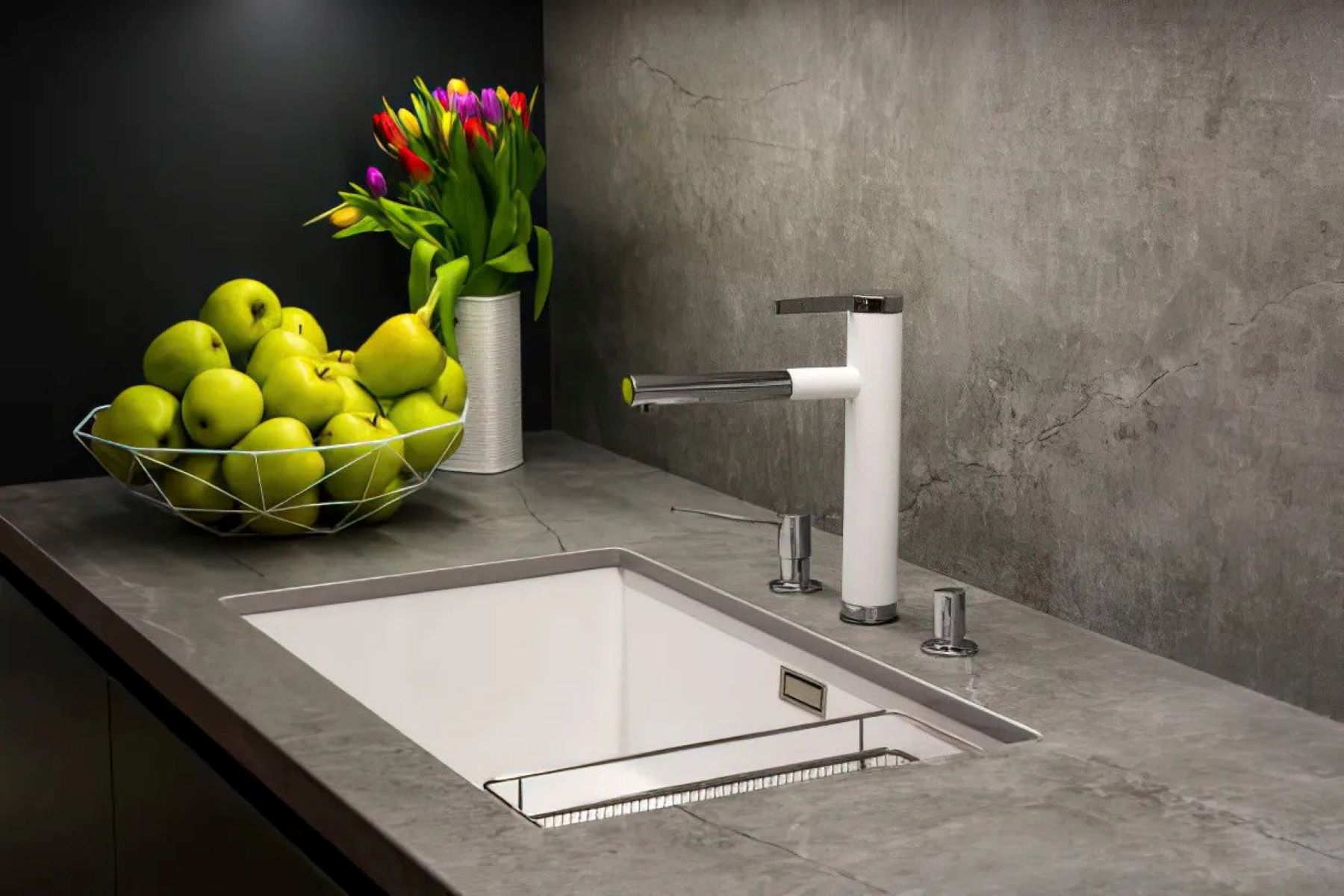
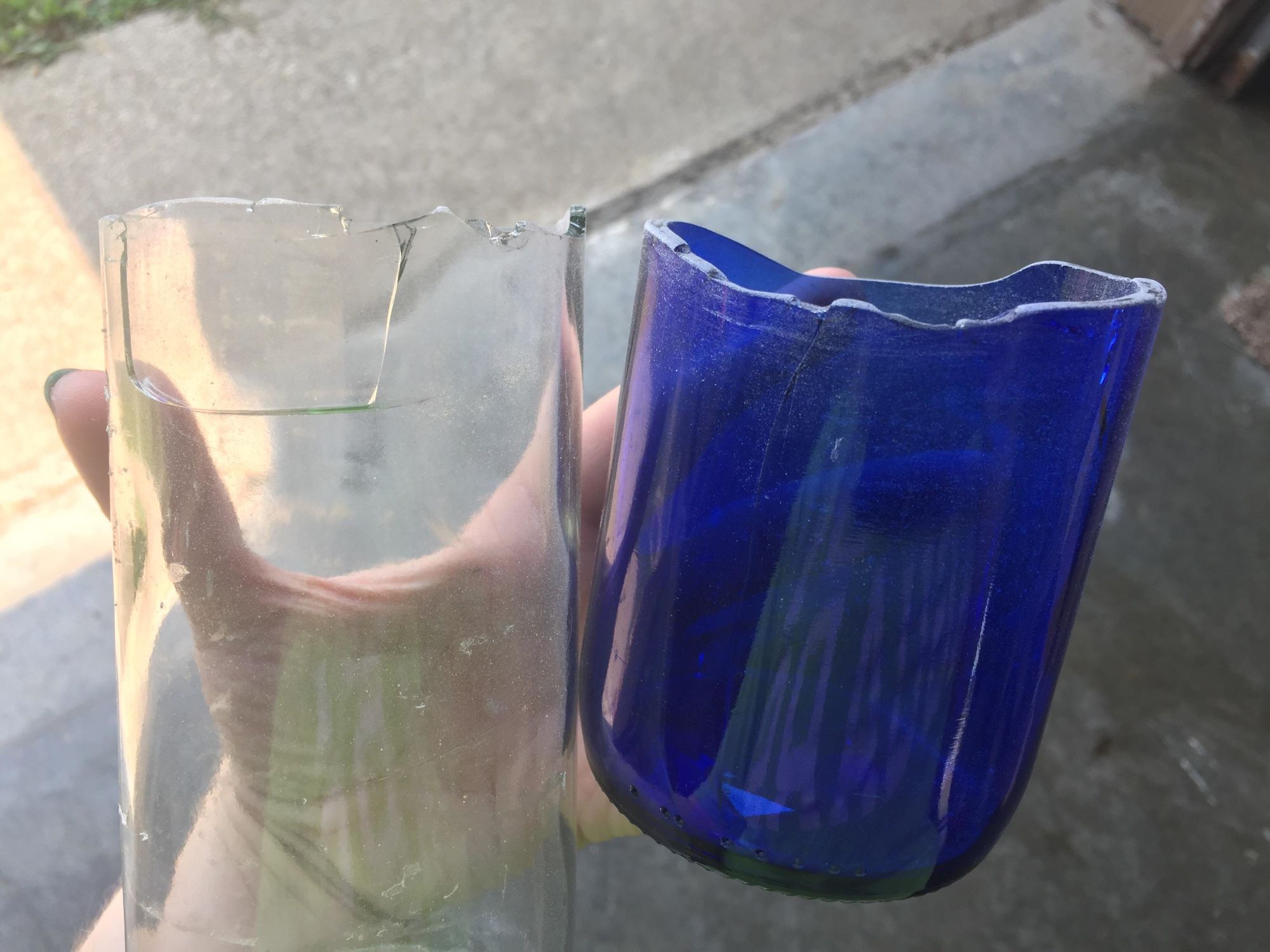

0 thoughts on “How To Smooth Concrete Countertops”